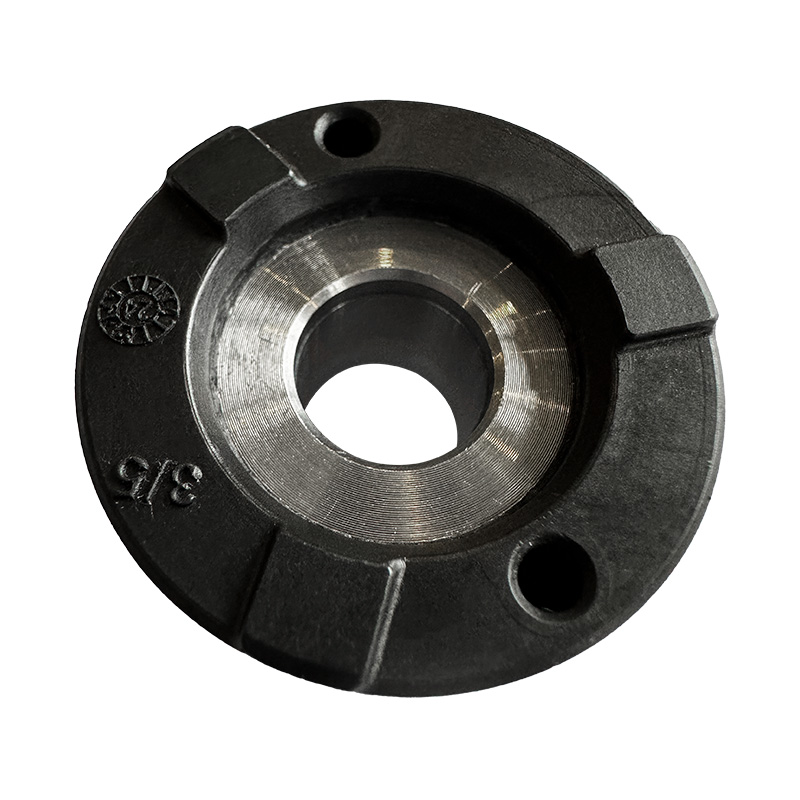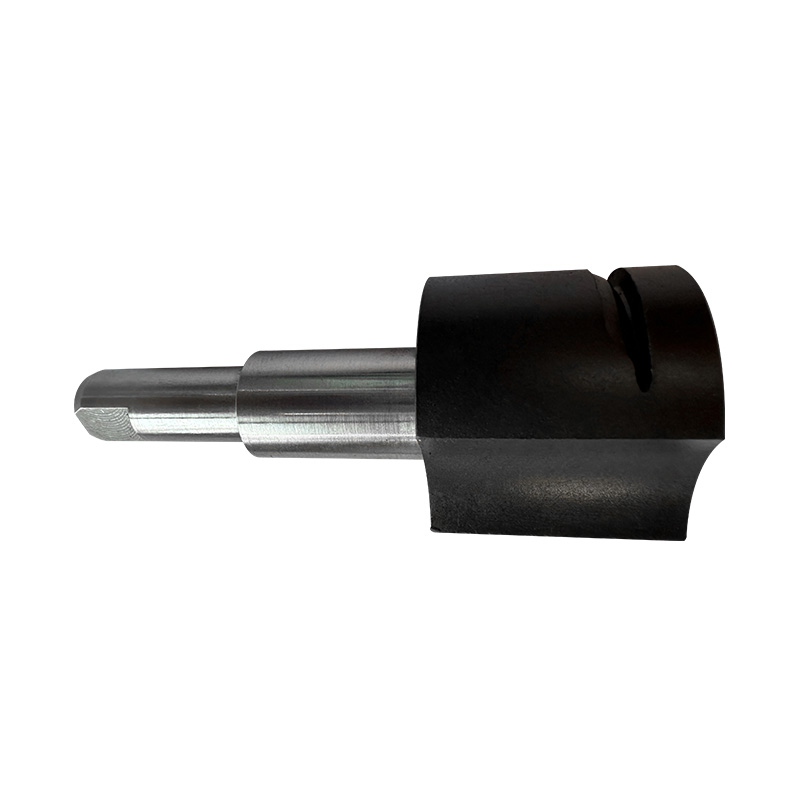+86-576-88024290
Search
12 09, 2025
Industry Updates
In modern hydraulic and lubrication systems, precise control of oil flow and pressure is essential for performance and equipment longevity. A critical component that fulfills this role is the Oil Pump-Carbon Fiber Plastic-Regulating Valve. Understanding what this valve is, how it works, the benefits of using carbon fiber plastic, and the types of regulating mechanisms available is important for engineers, technicians, and maintenance personnel.
An Oil Pump-Carbon Fiber Plastic-Regulating Valve is a specialized valve designed to control the flow and pressure of oil in hydraulic, lubrication, or industrial pumping systems. Unlike conventional metal valves, this type of valve uses carbon fiber reinforced plastic for its body, providing a combination of lightweight construction, chemical resistance, and high strength. The valve ensures that oil is delivered at the correct pressure and volume, preventing overpressure situations and optimizing system efficiency.

These valves are widely used in automotive engines, industrial machinery, and other hydraulic systems where precision oil regulation is critical. By maintaining stable oil flow, the Oil Pump-Carbon Fiber Plastic-Regulating Valve helps reduce wear on components, enhance energy efficiency, and extend the service life of both pumps and the systems they supply.
The operation of an Oil Pump-Carbon Fiber Plastic-Regulating Valve relies on controlling the oil passage within the valve body to maintain the desired flow and pressure. Inside the valve, a movable element such as a plunger, spool, or diaphragm adjusts in response to system pressure or control signals. When the oil pressure exceeds a set threshold, the valve partially closes to restrict flow, reducing pressure in the system. Conversely, when pressure drops below the required level, the valve opens to allow more oil through.
Some valves operate on mechanical principles, while others incorporate electronic sensors and actuators to provide real-time adjustments. Regardless of the mechanism, the Oil Pump-Carbon Fiber Plastic-Regulating Valve ensures a stable and reliable oil supply, preventing fluctuations that could compromise system performance.
Using carbon fiber plastic in the construction of regulating valves offers several advantages. First, it is significantly lighter than metal, which reduces overall system weight and simplifies installation. Second, carbon fiber plastic exhibits chemical resistance, allowing the valve to handle a variety of oils and hydraulic fluids without corrosion or degradation. Third, the material provides high strength and durability, making the valve capable of withstanding pressure fluctuations and mechanical stress.
In addition, carbon fiber plastic improves thermal stability and reduces the risk of deformation under high temperatures. This ensures that the Oil Pump-Carbon Fiber Plastic-Regulating Valve maintains accurate performance over time, even in demanding industrial or automotive applications.

The Oil Pump-Carbon Fiber Plastic-Regulating Valve can be equipped with different regulating mechanisms, depending on the application and required precision:
Manual Regulation: The valve is adjusted by hand using a screw, knob, or lever to set the desired flow or pressure. This type is simple, reliable, and suitable for systems where frequent adjustment is not needed.
Electronic Regulation: The valve uses sensors and electronic actuators to automatically adjust flow and pressure in real time. This allows precise control, remote operation, and integration with automated systems.
Automatic or Hydraulic Regulation: Some valves operate automatically based on system pressure, opening and closing as needed without manual intervention. These are ideal for continuous-flow systems where stable pressure is essential.
Each type of mechanism offers unique advantages, and the choice depends on factors such as system complexity, desired precision, and environmental conditions.
The Oil Pump-Carbon Fiber Plastic-Regulating Valve is a versatile and essential component in modern hydraulic and lubrication systems. Understanding what an Oil Pump-Carbon Fiber Plastic-Regulating Valve is, how it works, the benefits of carbon fiber plastic, and the types of regulating mechanisms helps engineers and technicians select the right valve for their applications. By providing precise oil flow and pressure control, these valves enhance system efficiency, protect equipment, and contribute to longer operational life.